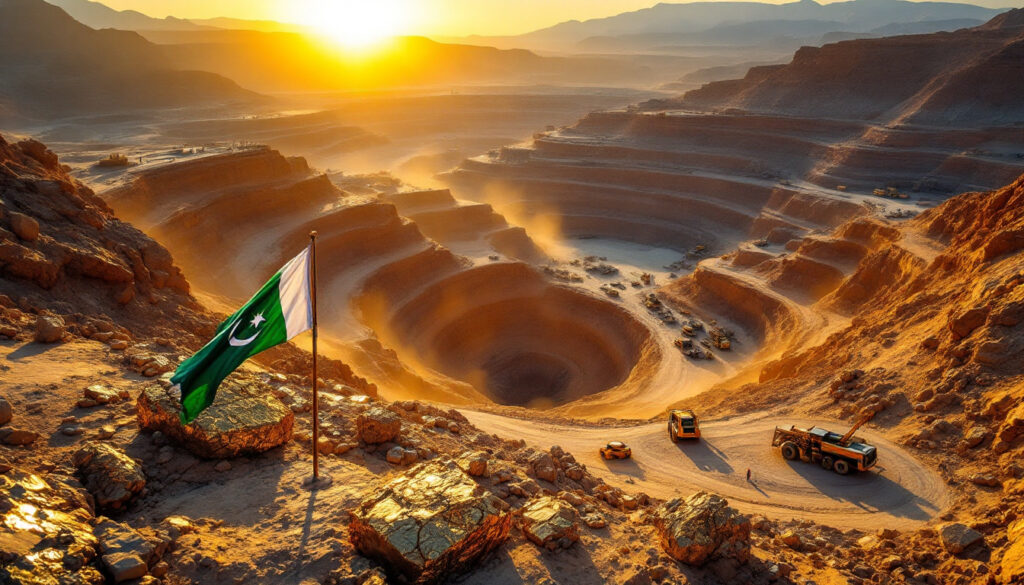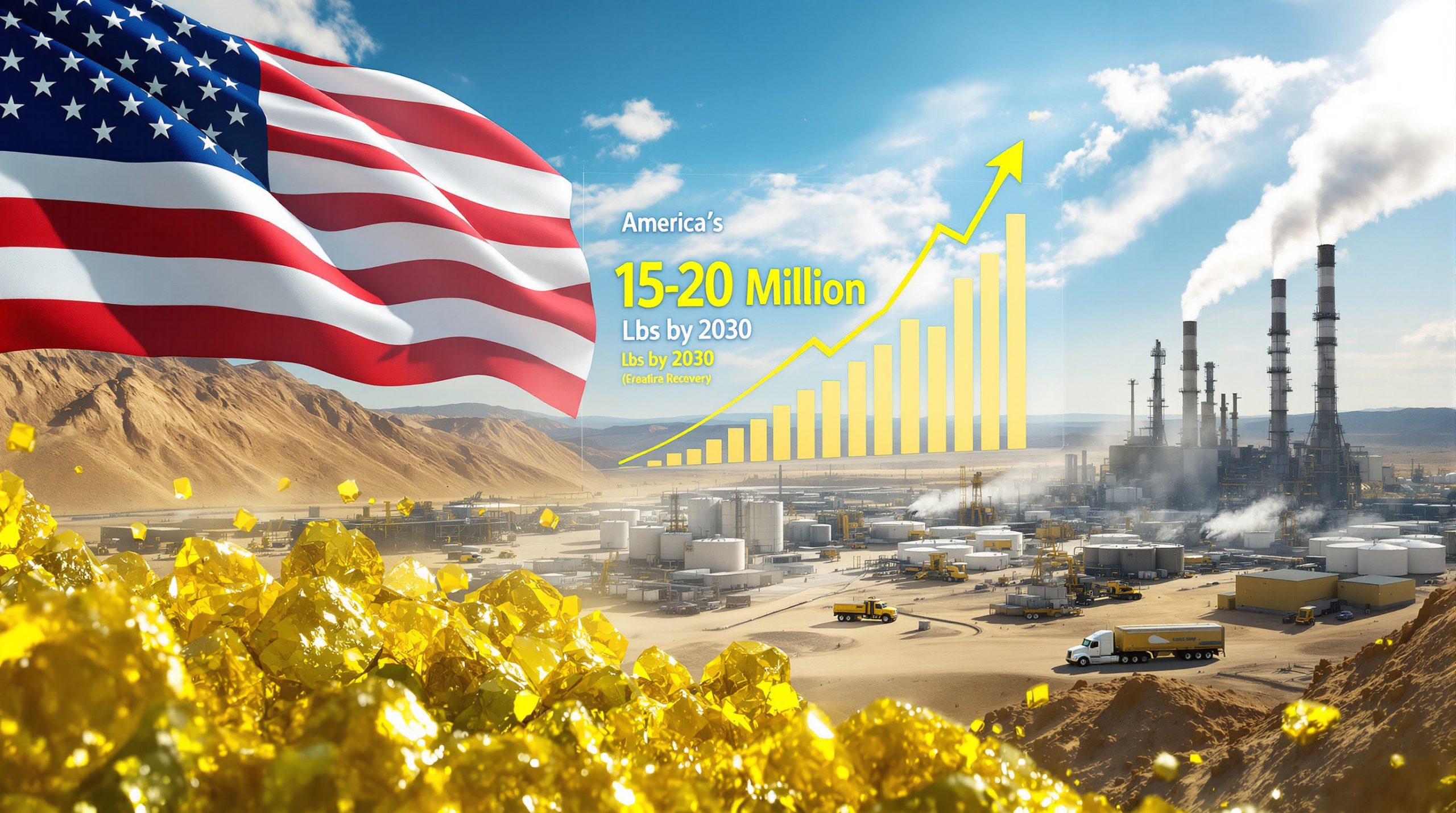Reko Diq Joint Venture in Pakistan: A Comprehensive Analysis
The Reko Diq project, located in Pakistan's Balochistan province, represents one of the world's largest undeveloped copper-gold deposits. Operated by Barrick Gold Corporation in partnership with the Pakistani federal and Balochistan provincial governments, the project recently achieved critical milestones, including approval of its updated feasibility study and conditional approval of Phase 1 development capital. With major works set to commence in 2025 and first production targeted for late 2028, the project underscores strategic partnerships, significant financial commitments, and socio-economic promises. For investors seeking comprehensive mining investment guide, this development represents a significant opportunity.
What Is the Reko Diq Project?
The Reko Diq project is a flagship mining initiative in Balochistan, Pakistan, notable for its vast copper and gold reserves. Barrick Gold Corporation, the operator, holds a pivotal role in its development through a joint venture (JV) with the Government of Pakistan (GoP) and the Government of Balochistan (GoB).
Key Project Details
Located in the Chagai District of Balochistan, Reko Diq is estimated to contain 25.6 billion pounds of copper and 13.3 million ounces of gold in inferred and indicated resources. The deposit ranks among the top five global undeveloped copper-gold projects by reserves. Phase 1 development targets an annual production capacity of 80 million tonnes of ore, with a mine life exceeding 40 years.
The project's remote, high-altitude (over 1,500 meters) location poses logistical challenges, necessitating extensive infrastructure development, including a 450-kilometer pipeline for water supply and a 700-megawatt power plant. Recent mining feasibility insights have helped address many of these challenges.
Strategic Importance
Reko Diq aligns with Pakistan's goal to leverage mineral resources for economic growth. The JV structure allocates 50% ownership to Barrick, 25% to GoP, and 25% to GoB, ensuring shared economic benefits. For Barrick, the project complements its global portfolio, particularly as copper demand surges amid energy transition trends.
How Is the Reko Diq Project Progressing?
Recent advancements mark significant strides toward operational readiness. In April 2025, JV partners approved the updated feasibility study and conditionally sanctioned $3 billion in limited-recourse project financing, pending final agreements.
Recent Developments
-
Fluor Corporation's Selection: Fluor, appointed as lead Engineering, Procurement, and Construction Management (EPCM) partner, brings expertise from comparable projects like the Quebrada Blanca Phase 2 in Chile. Its scope includes detailed design, procurement, and construction oversight, supported by specialists like Knight Piésold (geotechnical engineering) and PRDW (marine infrastructure).
-
Timeline Acceleration: Major earthworks and plant construction will begin in 2025, with first production expected by Q4 2028. This timeline hinges on securing the remaining financing and resolving logistical bottlenecks.
Financial Framework
The $3 billion financing package involves a consortium of international banks and export credit agencies, structured to minimize sovereign risk. Barrick's equity contribution remains undisclosed, but the company emphasized adherence to "capital discipline" while balancing debt-equity ratios. Understanding the strategic cash role is crucial for investors monitoring this large-scale project.
Who Are the Key Partners in the Reko Diq Joint Venture in Pakistan?
The JV's success relies on collaboration between Barrick, Pakistani authorities, and technical partners.
Ownership Structure
-
Barrick Gold (50%): As operator, Barrick oversees technical execution and operational management, drawing on experience from the Pueblo Viejo and Lumwana mines.
-
Government of Pakistan (25%): The federal government facilitates regulatory approvals and infrastructure support, including security arrangements in Balochistan.
-
Government of Balochistan (25%): The province retains equity participation, ensuring local stakeholder alignment.
Engineering and Equipment Partners
-
Fluor Corporation: Lead EPCM contractor with a proven track record in remote, large-scale projects.
-
Metso and Weir: Supplying processing equipment, including crushers and mills, tailored to high-altitude conditions.
-
Komatsu: Providing mining fleet solutions, such as autonomous haulage systems, to optimize productivity. These systems represent cutting-edge digital mining innovations being implemented in the project.
Why Was Fluor Corporation Selected as EPCM Partner?
Fluor's appointment reflects strategic alignment with Barrick's operational ethos and project requirements.
Selection Criteria
-
Global Copper Expertise: Fluor's portfolio includes Cobre Panama and Escondida Water Supply, demonstrating capability in complex copper concentrators.
-
High-Altitude Experience: The firm's work in the Andes (e.g., Antamina Mine) informed strategies for oxygen deprivation and worker safety.
-
Local Content Commitment: Fluor plans to hire 3,000+ Pakistani workers during construction and prioritize local procurement, aligning with JV social objectives.
Technical Scope
Fluor's responsibilities include:
-
Modular Design: Prefabricated plant components to reduce on-site assembly time.
-
Logistics Optimization: Coordinating transportation of oversized equipment via the Gwadar Port and dedicated haul roads.
What Are the Strategic Implications of the Reko Diq Project?
The project's success could redefine Pakistan's economic trajectory and Barrick's market position.
Economic Impact
-
GDP Contribution: Estimated to add $5–7 billion annually to Pakistan's GDP post-2028, driven by exports and ancillary industries.
-
Employment: 15,000 jobs during peak construction; 4,000 permanent roles post-operational.
Geopolitical Significance
Reko Diq enhances Pakistan's appeal to foreign investors, countering perceptions of geopolitical instability. The JV structure sets a precedent for future resource partnerships, notably in Balochistan's untapped mineral belt. Understanding geopolitical investor strategies is essential when analyzing the long-term implications of this project.
What Challenges Does the Reko Diq Project Face?
Despite progress, the project confronts multifaceted risks.
Development Hurdles
-
Security Concerns: Balochistan's insurgency history necessitates a 5,000-strong security force, escalating costs.
-
Water Scarcity: The region's arid climate requires a $500 million desalination plant to sustain operations.
-
Supply Chain Delays: Global shortages of mining equipment (e.g., haul trucks) could prolong timelines.
Mitigation Strategies
-
Community Engagement: Barrick's Local Development Agreement pledges $10 million annually for education and healthcare.
-
Redundant Infrastructure: Dual power sources (grid and onsite generation) to mitigate outage risks.
How Does the Project Benefit Local Communities?
Reko Diq prioritizes inclusive growth through targeted initiatives.
Social Programs
-
Skills Training: Vocational centers in Quetta and Chagai to train 2,000+ residents in mining trades.
-
Healthcare Expansion: Building three clinics and a malaria eradication program in collaboration with the WHO.
Economic Inclusion
-
Local Procurement: 30% of supplies sourced from Pakistani SMEs, fostering ancillary industries.
-
Revenue Sharing: Balochistan's 25% stake ensures direct fiscal benefits, with royalties funding infrastructure projects.
FAQs About the Reko Diq Project
What is the project's environmental impact?
The Environmental and Social Impact Assessment (ESIA) mandates dry-stack tailings to prevent contamination and biodiversity offsets to protect the Chagai Desert ecosystem.
How will the project address Balochistan's development gaps?
A $200 million infrastructure fund will upgrade roads, schools, and hospitals, linked to production milestones.
What are the long-term export plans?
Copper concentrate will be shipped via Gwadar Port to smelters in China and Japan, leveraging CPEC trade corridors.
What is the timeline for the Reko Diq project?
The project is scheduled to commence major works in 2025, with first production targeted for the end of 2028.
Who is operating the Reko Diq project?
Barrick Gold Corporation is the operator of the project, working in partnership with the Pakistan government and the provincial government of Balochistan.
What minerals will be produced at Reko Diq?
The Reko Diq project will primarily produce copper and gold from one of the world's largest undeveloped deposits.
Looking for Early Alerts on Major Mining Discoveries Like Reko Diq?
Stay ahead of the market with Discovery Alert's proprietary Discovery IQ model, which instantly notifies investors about significant mineral discoveries on the ASX before they make headlines. Visit the Discovery Alert discoveries page to understand how early identification of projects like Reko Diq can lead to exceptional investment returns.




